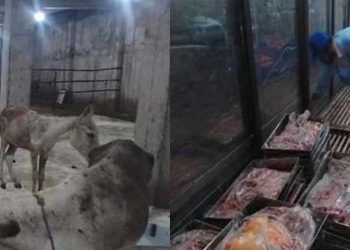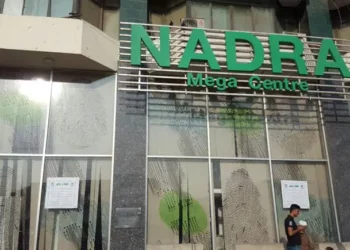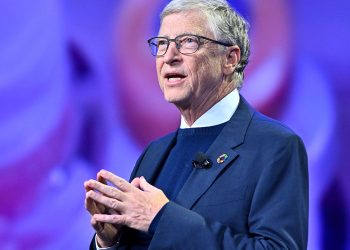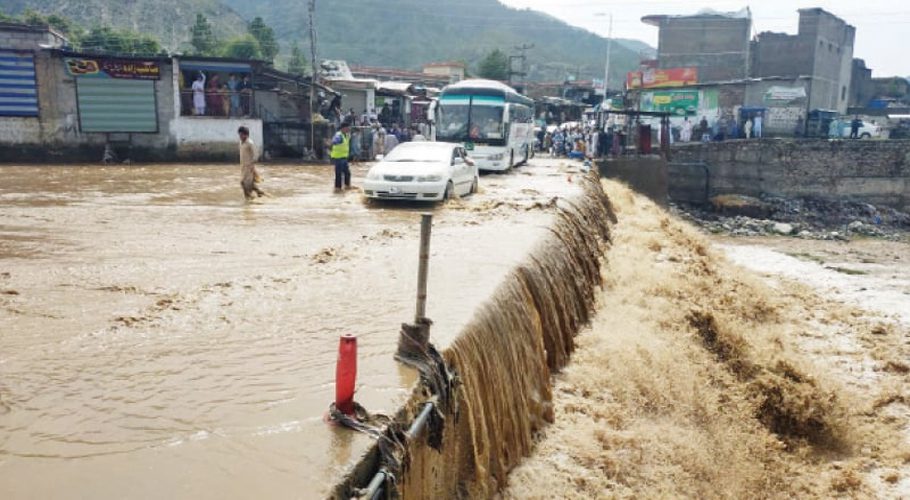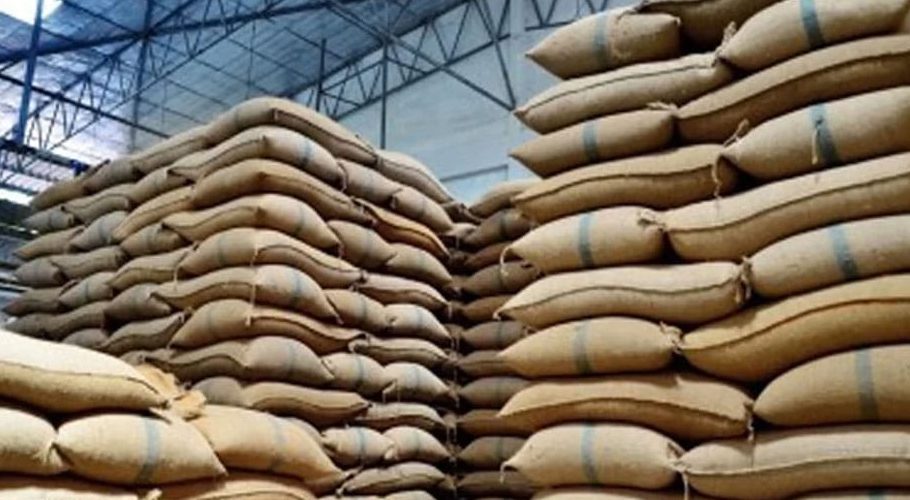The China–Pakistan Economic Corridor (CPEC) is considered to be of central importance in Pakistan-China relations. The corridor is an extension of China’s Silk Road in the 21st century.
The current government has seen obstacles to working on CPEC, but the government says the CPEC authority is addressing the concerns of Chinese investors, resolving the issue of delays in CPEC.
What is the plan?
CPEC is a collection of infrastructure projects that started in 2013 and are now under construction across Pakistan. CPEC aims to rapidly upgrade Pakistan’s required infrastructure and strengthen its economy through the construction of modern transportation networks, numerous energy projects, and special economic zones.
CPEC became partially operational on November 13, 2016, when Chinese cargo was transported to Gwadar Port for shipping to Africa and West Asia, while some major power projects started by the end of 2017.
After the coronavirus alert in Pakistan until 2021, CPEC workers have been suspended due to security concerns and protests in the northwest Frontier Province and Balochistan.
CPEC background
Plans for a corridor from the Chinese border to Pakistan’s deep-water ports on the Arabian Sea date back to the 1950s, and construction of the Karakoram Highway began in 1959.
China’s interest in Pakistan’s deep-water port at Gwadar dates back to 2002 when China began construction of the Gwadar port, which was completed in 2006.
After the departure of former President General Pervez Musharraf, the expansion of Gwadar Port was halted due to political instability in Pakistan and consequent clashes between Pakistan and Taliban militants.
Plans in Gwadar city
Under CPEC, China will provide 23 230 million to Pakistan for the construction of a new international airport in Gwadar. The Balochistan provincial government has allocated 4,000 acres for the construction of the new 230 million Gwadar International Airport. The project will be fully funded by a grant from the Chinese government. Pakistan will not be obliged to repay the loan.
Industrial cooperation
This month, Pakistan and China signed a framework agreement on industrial cooperation under CPEC. The agreement was signed by Minister of State and Chairman Investment Board Muhammad Azfar Ahsan and Chairman National Development and Reform Commission He Li Feng.
The Joint Working Group on Industrial Cooperation (JWG) aims to attract foreign direct investment, promote the development of industrial and economic zones, and launch, plan, implement and implement projects in both the public and private sectors.
Under the JWG, Pakistan has to increase production, industrial sector, and exports to China. In 2018, at the 8th JCC meeting of CPEC, the two sides signed a memorandum of understanding in which the scope of industrial cooperation under the car, a plan of action for the future was worked out between the parties.
CPEC has entered its second phase, which includes the development of special economic zones and the promotion of industrialization, as well as energy and infrastructure. Through the continued efforts of the Investment Board, the two sides agreed to transform the existing MoU into a framework agreement in 2020.
Future of the project
Foreign Minister Makhdoom Shah Mehmood Qureshi has said that Pakistan and China are committed to the speedy completion of the second phase of CPEC. During Prime Minister Imran Khan’s visit to China, there were very comprehensive meetings. The meeting with Chinese President Xi Jinping was of a very comprehensive nature.
Special Assistant to the Prime Minister for CPEC Affairs Khalid Mansoor has said that under the second phase of the China-Pakistan Economic Corridor, China will invest billions of dollars in 7 sectors. CPEC Authority is addressing the concerns of Chinese investors, resolving the issue of delay in CPEC.
The Prime Minister assured the companies investing in CPEC that they were standing behind the CPEC One Window Operations Authority and the Prime Minister’s Office would also help in resolving the issues of Chinese investors.








